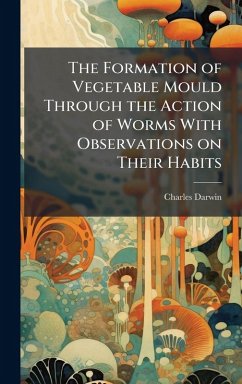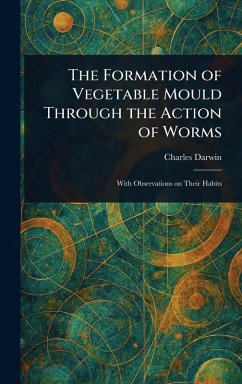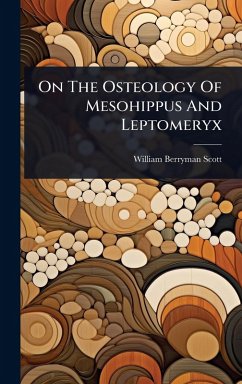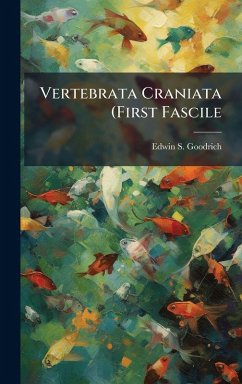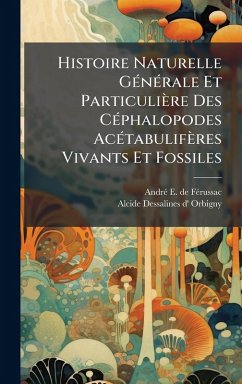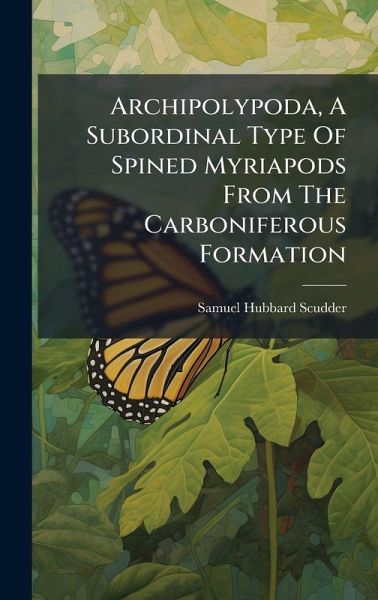
Archipolypoda, A Subordinal Type Of Spined Myriapods From The Carboniferous Formation
Versandkostenfrei!
Versandfertig in über 4 Wochen
25,99 €
inkl. MwSt.
Weitere Ausgaben:

PAYBACK Punkte
13 °P sammeln!
"Archipolypoda, A Subordinal Type Of Spined Myriapods From The Carboniferous Formation" delves into the fascinating world of early arthropods. Penned by Samuel Hubbard Scudder, this meticulous study explores Archipolypoda, an extinct suborder of spined myriapods discovered in Carboniferous formations. Scudder's work offers detailed descriptions and classifications of these ancient creatures, providing valuable insights into the evolutionary history of myriapods and their place in the paleozoic ecosystem. This book is an essential resource for paleontologists, entomologists, and anyone interest...
"Archipolypoda, A Subordinal Type Of Spined Myriapods From The Carboniferous Formation" delves into the fascinating world of early arthropods. Penned by Samuel Hubbard Scudder, this meticulous study explores Archipolypoda, an extinct suborder of spined myriapods discovered in Carboniferous formations. Scudder's work offers detailed descriptions and classifications of these ancient creatures, providing valuable insights into the evolutionary history of myriapods and their place in the paleozoic ecosystem. This book is an essential resource for paleontologists, entomologists, and anyone interested in the deep history of life on Earth. This work has been selected by scholars as being culturally important, and is part of the knowledge base of civilization as we know it. This work was reproduced from the original artifact, and remains as true to the original work as possible. Therefore, you will see the original copyright references, library stamps (as most of these works have been housed in our most important libraries around the world), and other notations in the work. This work is in the public domain in the United States of America, and possibly other nations. Within the United States, you may freely copy and distribute this work, as no entity (individual or corporate) has a copyright on the body of the work. As a reproduction of a historical artifact, this work may contain missing or blurred pages, poor pictures, errant marks, etc. Scholars believe, and we concur, that this work is important enough to be preserved, reproduced, and made generally available to the public. We appreciate your support of the preservation process, and thank you for being an important part of keeping this knowledge alive and relevant.



